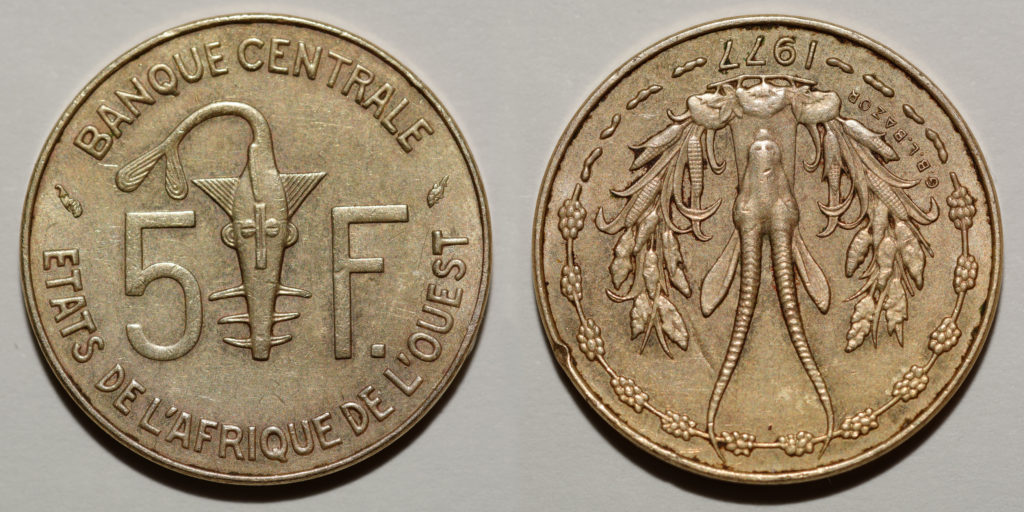ECOWAS is a regional economic group binding together 15 West African countries. One of its main goals is to ensure the smooth and free movement of goods, services and member States citizens within the bloc and to improve economic integration. As such, one would expect a significantly higher intra-regional trade volume compared to trade with rest of the world. This is however not the case. Even though it is on the increase direction-ally, it is still significantly lower than merchandise trade with high income economies. In fact, Intra-African trade is the lowest compared to intra-regional trade in other continents.
var divElement = document.getElementById(‘viz1500097650877’); var vizElement = divElement.getElementsByTagName(‘object’)[0]; vizElement.style.width=’1724px’;vizElement.style.minHeight=’629px’;vizElement.style.maxHeight=’1929px’;vizElement.style.height=(divElement.offsetWidth*0.75)+’px’; var scriptElement = document.createElement(‘script’); scriptElement.src = ‘https://public.tableau.com/javascripts/api/viz_v1.js’; vizElement.parentNode.insertBefore(scriptElement, vizElement);
Obstacles to Intra-African Trade
The obstacles to Intra-African in general and West-African trade in particular are of multiple orders. The first one is the underdeveloped transportation infrastructure on the continent. For many countries on the continent, it is less expensive to trade with high-income economies because transporting merchandise overseas often costs less than transporting it within ECOWAS or Sub-Saharan Africa borders. Low levels of industrialization and manufacturing also explain the mellow state of intra-regional trade in Sub-Saharan Africa. Because many of those States a have weak or non-existent manufacturing industry, they tend to purchase most of the much-needed manufactured goods from countries in Europe, America, or Asia. A more developed manufacturing industry in Sub-Saharan Africa would help increase the possibilities and growth of trade within the region.
Another particular issue to solve is the kafkaesque amount of paperwork when transporting goods from one country to another. In his Bulky paperwork hindering intra-Africa trade on Zambia Daily Mail Limited, Kalonde Nyati reports the remarks of the Gwarera Mangozhe, CEO of the Consumer Goods Council of South Africa. He explains that there is significant bureaucracy when transporting 300-600 different types of goods from South Africa to Angola or other Southern African Development Community countries. The resulting paperwork is comprised of 5 invoices, 28 SADC certificates, 84 customs stamps, 58 customs signatures, 83 export documents. He then asks to consider how much paperwork will be required when transporting 1000 containers per year.
Improving Intra-African Trade
A better infrastructure is one of the cornerstones for the increase of intra-african trade. Stronger investments in transport infrastructure will make it easier for business owners to transport their goods from one country to another within regional economic blocs. One such project in ECOWAS is the construction of the Dakar-Lagos corridor. This road will connect 11 Countries from Senegal to Nigeria along the Atlantic Ocean coast. Completing this project will decrease transportation costs and possible loss of products often incurred while moving goods.
Another important factor African countries should focus on is the timely implementation of trade agreements in regional blocs. This is a constraint African countries will have to address by harmonizing their legislation and decreasing tariffs. Creating a standard and easier process will also help reduce the amount of paperwork. One such project is the Continental Free Trade Agreement (CFTA). The goal of this endeavor, according to the African Union, is to create a single market and harmonize processes across the continent. The information on the AU website points out that the CFTA will bring together 54 African countries with a combined population of more than one billion people. The de-facto combined gross domestic product is more than US$3.4 trillion. Tariff and paperwork reductions will boost continental trade and transfer to the consumer in terms of lower product costs.


